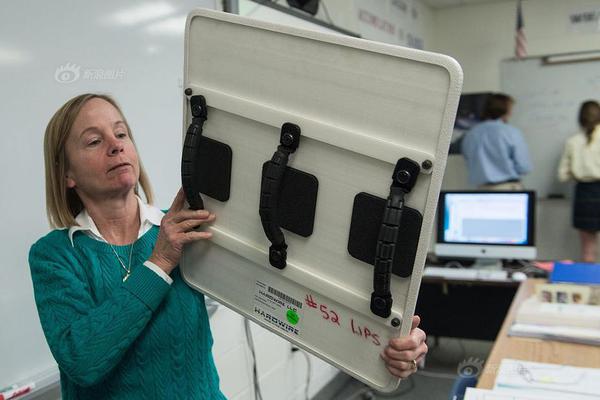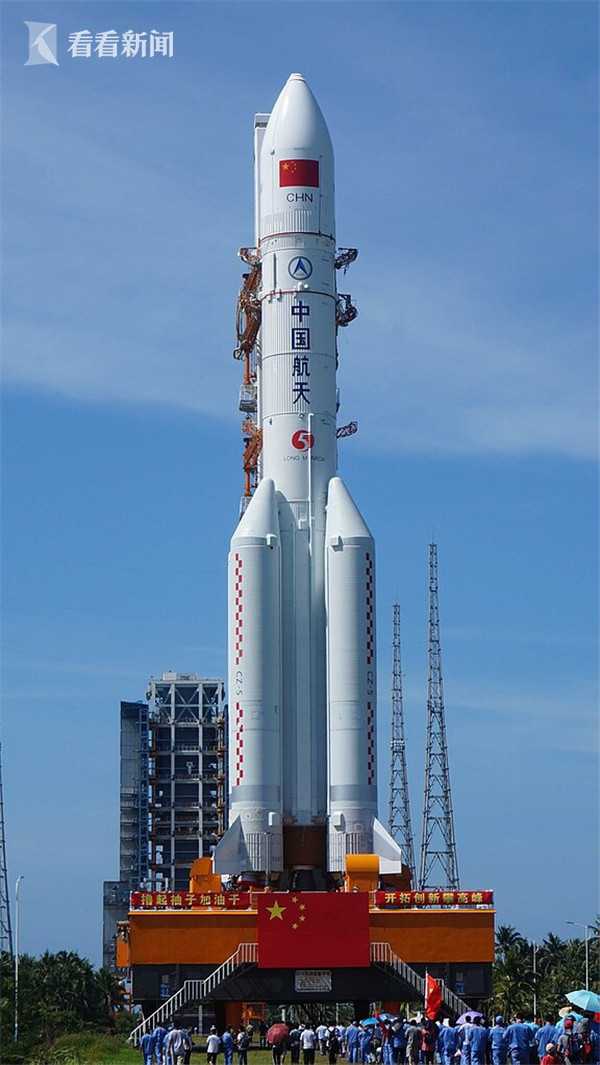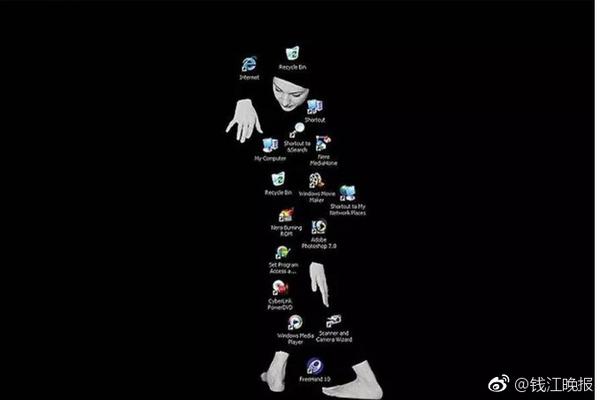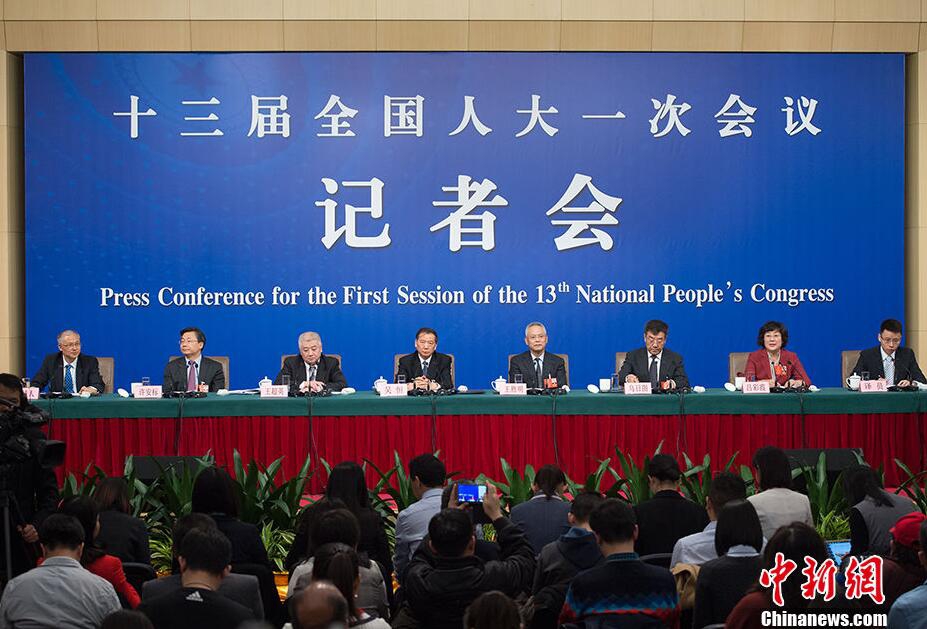
The so-called "engine braking" is a term for driving behavior, which refers to the use ofThe resistance generated when the engine is running can effectively control the speed. The two measures you mentioned above, "downshifting" and "loose the accelerator", can achieve the purpose of using engine resistance to control the speed.
What does engine braking mean in technical terms is defined as: using engine braking refers to lifting the accelerator pedal but not stepping on the clutch, using the compression resistance generated by the compression stroke of the engine, internal friction and intake and exhaust resistance to form a braking effect on the drive wheel.
[Pacific Automobile Network] Simply put, engine braking is the process of using the resistance of engine operation to slow down the vehicle. The actual driving speed of the car is greater than the speed it should be under the gear and throttle, and it enters the engine braking state.
Engine Brake is an auxiliary braking system that can reduce the speed of the vehicle.Unlike traditional braking systems, engine braking consumes the kinetic energy of the vehicle through the compression stroke of the engine, not through brake discs and brake pads.
Engine braking refers to using the engine brake to lift the accelerator pedal without stepping on the clutch, using the compression resistance generated by the compression stroke of the engine, the internal friction force and intake and exhaust resistance to form a braking effect on the drive wheel. Engine braking, that is, "towing gear" -- hanging gear without oil, the engine has no traction on the car.
Engine braking refers to using engine braking to lift the accelerator pedal without stepping on the clutch. Using the compression resistance generated by the compression stroke of the engine, the internal friction force and the intake and exhaust resistance form a braking effect on the drive wheel. That is to say, the engine has no traction force on the car when the gear is suspended.

1. Engine braking (Engine Brake) is an auxiliary braking system that can reduce the speed of the vehicle. Unlike traditional braking systems, engine braking consumes the kinetic energy of the vehicle through the compression stroke of the engine, not through brake discs and brake pads.
2. Engine braking is the process of using the resistance of engine operation to slow down the vehicle. The actual driving speed of the car exceeds the speed that should be under the gear and throttle, and it enters the engine braking state.
3. Engine braking refers to using the engine brake to lift the accelerator pedal without stepping on the clutch, using the compression resistance generated by the compression stroke of the engine, the internal friction and the intake and exhaust resistance to form a braking effect on the drive wheel.
4. The common meaning of engine braking Engine braking refers to the process of reducing the speed through the hybrid operation between the accelerator and the brake pedal while driving. It can also be understood as using the engine to help brake and reduce the use of brakes.
Engine braking refers to lifting the accelerator pedal but not stepping on the clutch. The compression resistance, internal friction and intake and exhaust resistance generated by the engine compression stroke form a braking effect on the drive wheel. That is to say, if you drag the gear and hang the gear without oil, the engine has no traction on the car.
Simply put, the meaning of car engine braking is to use the friction resistance of the car engine to reduce the tires according to the gear connection of the transmission.
The so-called "engine braking" is a term for driving behavior, which refers to the use of the resistance generated when the engine is running to effectively control the speed. The two measures you mentioned above, "downshifting" and "loose the accelerator", can achieve the purpose of using engine resistance to control the speed.
Engine braking, using engine braking refers to lifting the accelerator pedal but not stepping on the clutch, using the compression resistance generated by the compression stroke of the engine, the internal friction and intake and exhaust resistance to form a braking effect on the drive wheel. That is, "towing the gear" - hanging the gear without fuel, and the engine has no traction on the car.
What does engine braking mean? The use of engine braking refers to lifting the accelerator pedal without stepping on the clutch, using the compression resistance generated by the compression stroke of the engine, internal friction and intake and exhaust resistance to form a braking effect on the drive wheel.
Binance US-APP, download it now, new users will receive a novice gift pack.
The so-called "engine braking" is a term for driving behavior, which refers to the use ofThe resistance generated when the engine is running can effectively control the speed. The two measures you mentioned above, "downshifting" and "loose the accelerator", can achieve the purpose of using engine resistance to control the speed.
What does engine braking mean in technical terms is defined as: using engine braking refers to lifting the accelerator pedal but not stepping on the clutch, using the compression resistance generated by the compression stroke of the engine, internal friction and intake and exhaust resistance to form a braking effect on the drive wheel.
[Pacific Automobile Network] Simply put, engine braking is the process of using the resistance of engine operation to slow down the vehicle. The actual driving speed of the car is greater than the speed it should be under the gear and throttle, and it enters the engine braking state.
Engine Brake is an auxiliary braking system that can reduce the speed of the vehicle.Unlike traditional braking systems, engine braking consumes the kinetic energy of the vehicle through the compression stroke of the engine, not through brake discs and brake pads.
Engine braking refers to using the engine brake to lift the accelerator pedal without stepping on the clutch, using the compression resistance generated by the compression stroke of the engine, the internal friction force and intake and exhaust resistance to form a braking effect on the drive wheel. Engine braking, that is, "towing gear" -- hanging gear without oil, the engine has no traction on the car.
Engine braking refers to using engine braking to lift the accelerator pedal without stepping on the clutch. Using the compression resistance generated by the compression stroke of the engine, the internal friction force and the intake and exhaust resistance form a braking effect on the drive wheel. That is to say, the engine has no traction force on the car when the gear is suspended.

1. Engine braking (Engine Brake) is an auxiliary braking system that can reduce the speed of the vehicle. Unlike traditional braking systems, engine braking consumes the kinetic energy of the vehicle through the compression stroke of the engine, not through brake discs and brake pads.
2. Engine braking is the process of using the resistance of engine operation to slow down the vehicle. The actual driving speed of the car exceeds the speed that should be under the gear and throttle, and it enters the engine braking state.
3. Engine braking refers to using the engine brake to lift the accelerator pedal without stepping on the clutch, using the compression resistance generated by the compression stroke of the engine, the internal friction and the intake and exhaust resistance to form a braking effect on the drive wheel.
4. The common meaning of engine braking Engine braking refers to the process of reducing the speed through the hybrid operation between the accelerator and the brake pedal while driving. It can also be understood as using the engine to help brake and reduce the use of brakes.
Engine braking refers to lifting the accelerator pedal but not stepping on the clutch. The compression resistance, internal friction and intake and exhaust resistance generated by the engine compression stroke form a braking effect on the drive wheel. That is to say, if you drag the gear and hang the gear without oil, the engine has no traction on the car.
Simply put, the meaning of car engine braking is to use the friction resistance of the car engine to reduce the tires according to the gear connection of the transmission.
The so-called "engine braking" is a term for driving behavior, which refers to the use of the resistance generated when the engine is running to effectively control the speed. The two measures you mentioned above, "downshifting" and "loose the accelerator", can achieve the purpose of using engine resistance to control the speed.
Engine braking, using engine braking refers to lifting the accelerator pedal but not stepping on the clutch, using the compression resistance generated by the compression stroke of the engine, the internal friction and intake and exhaust resistance to form a braking effect on the drive wheel. That is, "towing the gear" - hanging the gear without fuel, and the engine has no traction on the car.
What does engine braking mean? The use of engine braking refers to lifting the accelerator pedal without stepping on the clutch, using the compression resistance generated by the compression stroke of the engine, internal friction and intake and exhaust resistance to form a braking effect on the drive wheel.
 Binance login
Binance login
555.55MB
Check Binance APK
Binance APK
178.41MB
Check OKX Wallet app
OKX Wallet app
579.52MB
Check Binance APK
Binance APK
488.65MB
Check OKX app
OKX app
816.62MB
Check Binance APK
Binance APK
843.11MB
Check OKX download
OKX download
397.46MB
Check OKX Wallet extension
OKX Wallet extension
387.33MB
Check Binance login
Binance login
846.13MB
Check Okx app download
Okx app download
871.32MB
Check Binance wallet
Binance wallet
869.45MB
Check OKX review
OKX review
524.18MB
Check OKX Wallet extension
OKX Wallet extension
528.47MB
Check Binance market
Binance market
219.88MB
Check OKX Wallet app
OKX Wallet app
835.97MB
Check OKX Wallet APK
OKX Wallet APK
467.51MB
Check okx.com login
okx.com login
245.98MB
Check OKX Wallet APK
OKX Wallet APK
421.88MB
Check Binance login
Binance login
563.88MB
Check Binance download
Binance download
355.24MB
Check OKX Wallet extension
OKX Wallet extension
931.84MB
Check Binance download
Binance download
747.32MB
Check OKX Wallet APK
OKX Wallet APK
446.21MB
Check Binance login
Binance login
289.91MB
Check Binance APK
Binance APK
549.23MB
Check OKX Wallet app
OKX Wallet app
498.31MB
Check OKX download
OKX download
156.71MB
Check Binance app download Play Store
Binance app download Play Store
789.15MB
Check okx.com login
okx.com login
663.25MB
Check OKX review
OKX review
632.91MB
Check OKX Wallet download
OKX Wallet download
134.48MB
Check OKX Wallet apk download latest version
OKX Wallet apk download latest version
479.94MB
Check Binance app
Binance app
835.51MB
Check OKX Wallet apk download
OKX Wallet apk download
564.98MB
Check Binance login
Binance login
967.76MB
Check Binance APK
Binance APK
798.47MB
Check
Scan to install
Binance US to discover more
Netizen comments More
1158 铜筋铁肋网
2025-01-23 01:33 recommend
472 开基创业网
2025-01-23 00:37 recommend
1035 翩翩少年网
2025-01-23 00:12 recommend
2573 平安无事网
2025-01-22 23:31 recommend
932 时至运来网
2025-01-22 23:26 recommend